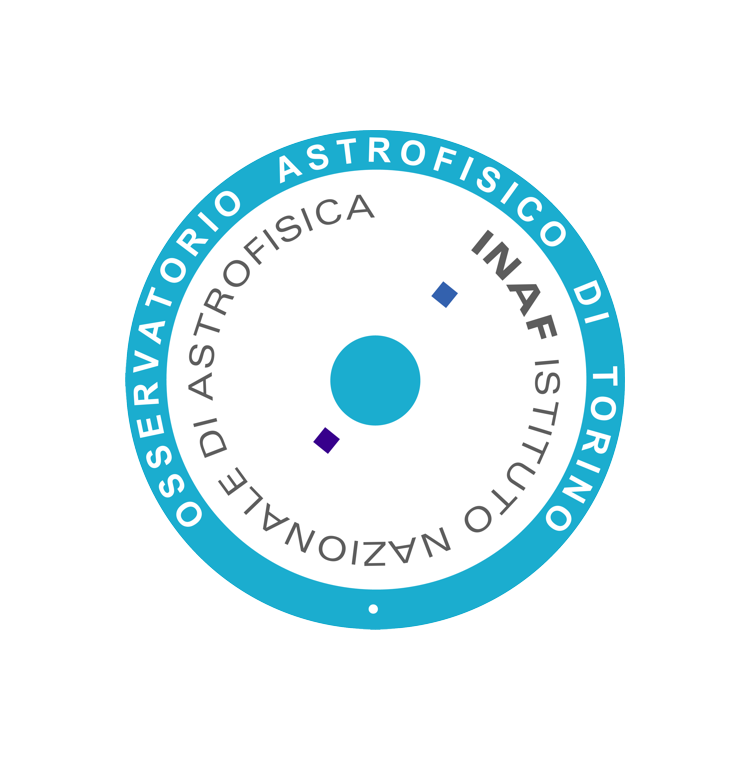Radius-period diagram of close-in exoplanets with accurate mass and radius measurements. The data were obtained from the NASA Exoplanet Archive. The positions of TOI-5800 b, TOI-5817 b and TOI-5795 b are high- lighted, together with the population-based boundaries of the so-called Neptunian desert, ridge, and savanna.
By Luca Naponiello
An international team led by INAF-Turin has confirmed the discovery of three exoplanets belonging to the category of “hot Neptunes”. These are worlds similar in size to Neptune and Uranus, but orbiting very close to their stars, completing an orbit in just a few days. This region of space, known as the “hot Neptune desert”, is characterized by a surprising scarcity of planets with radii between 3 and 7 times that of Earth and very tight orbits. The reasons for this rarity are not yet fully understood: they could be related to the loss of atmosphere caused by stellar radiation, orbital migration processes or interaction with other celestial bodies.
The new discoveries are the result of the international HONEI (Hot Neptune Initiative) programme, which aims to identify planets suitable for atmospheric studies using state-of-the-art space and ground-based telescopes, such as the James Webb Space Telescope (JWST) and the Extremely Large Telescope (ELT). To achieve these results, astronomers combined data from NASA’s TESS satellite with precision observations made by the HARPS (in Chile) and HARPS-N (in the Canary Islands) spectrographs.
Among the three new planets, TOI-5800 b stands out, orbiting its star in just 2.6 days. With a radius about 2.5 times that of Earth and a mass 9.5 times that of Earth, it has a high orbital eccentricity, which is unusual for planets so close to their star. This suggests that it may be in a phase of migration or be affected by the gravitational influence of another celestial body that is still unknown. If future studies confirm the absence of neighbouring planets that could explain its eccentricity, TOI-5800 b could become concrete evidence that Neptunian planets enter the desert through high-eccentricity migration processes, i.e. migrations on very elongated orbits that are then “circularized” over time by tidal forces.
The second planet, TOI-5817 b, has an orbit of about 15.6 days and is particularly interesting for future atmospheric studies due to the brightness of its host star. The third, TOI-5795 b, is a hot super-Neptune that orbits in 6.1 days around a star that is poorer in metals than the Sun.
These discoveries help to populate the border zone of the hot Neptune desert, providing new information on the mechanisms that govern the formation and evolution of planetary systems.

